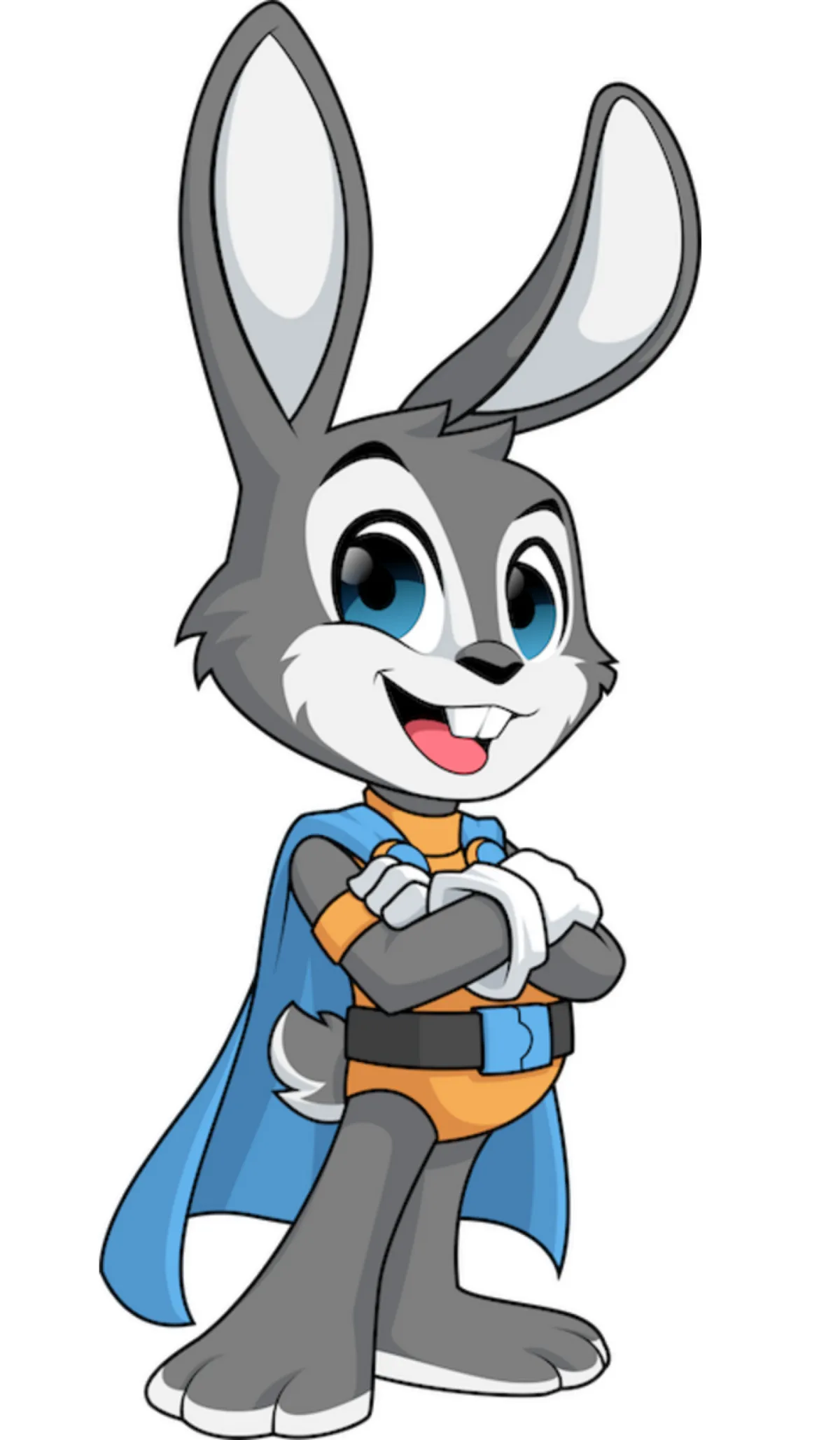
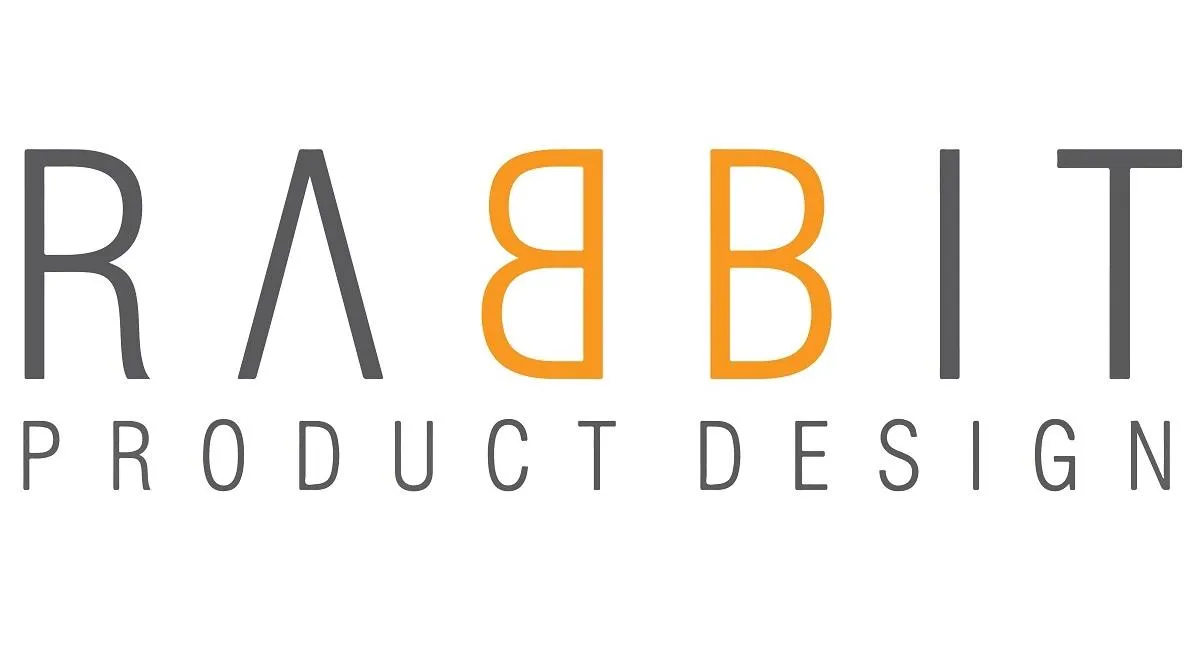
Engineered for Performance
Expert Mechanical Design Built To Last!


We Are A Team Of ALL Senior Level Designers And Engineers With An Average Of 27 Years Experience...
We Help Entrepreneurs, Inventors, and Startup Companies
Develop Prototypes and Manufacture Successful Products

Entrepreneurs Will Minimize Costs With...
End-To-End Services
Our Unique Patent Research Service
ALL Senior-Level Engineers
Crowdfunding Services
Go-To Market Strategy
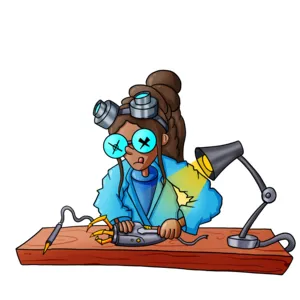
Inventors Will Get Answers To These Questions
License Or Manufacture
Do I Need A Patent?
Where To Get Funding?
How To Make A Prototype
How To Launch A Product?
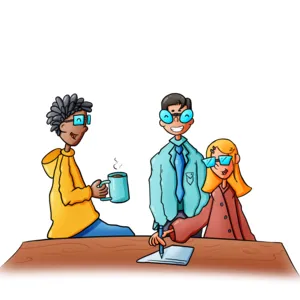
Startups Will Minimize Business Risk With...
End-To-End Services
Our Unique Patent Research Service
ALL Senior-Level Engineers
Expert Level Prototyping
Manufacturing Partners
Don't make a $7,008 mistake!
Read this valuable guide before spending even $.01 on a patent...
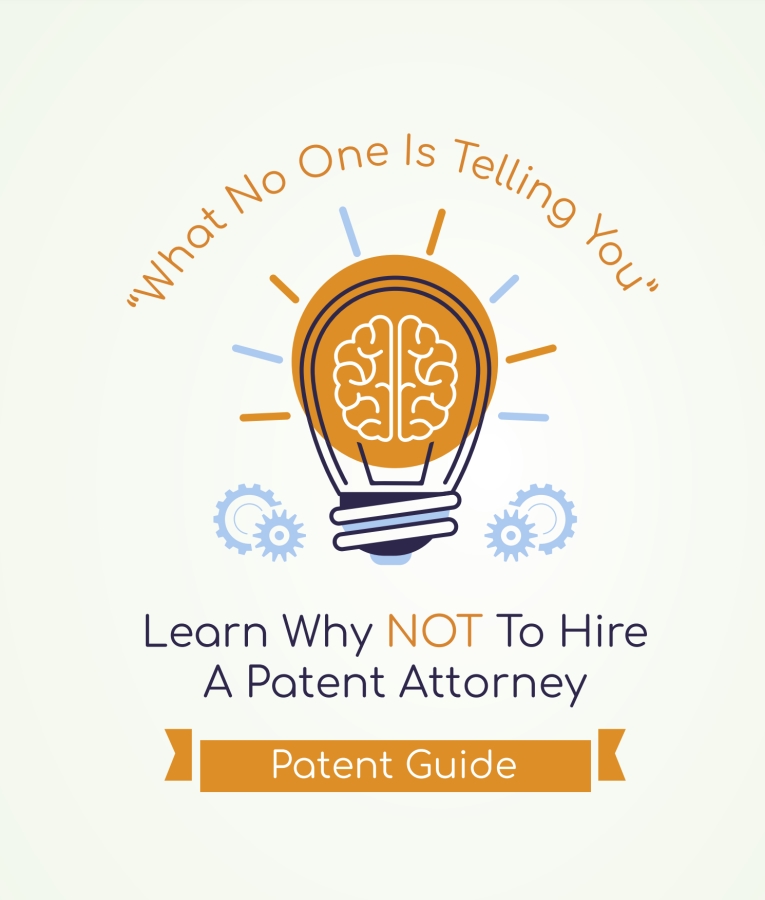
($997 Value)
What Type Of Prototype Do You Need?
APPEARANCE
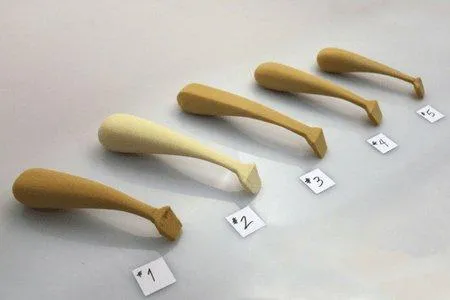
- Appearance prototypes are used to understand size, shape, ergonomics, and usability.
- Made from dense foam, machined plastic, or 3D Printed with or without a painted finish.
- Used for investor presentations, board meetings, and crowdfunding campaigns.
PROOF OF CONCEPT

- Proof of concept prototypes are used to validate a mechanism before starting development.
- Built with custom-designed parts and/or reusing a portion of an existing product.
- Used to validate a high-risk portion of a design or may be used for an Investor demo.
BREADBOARD
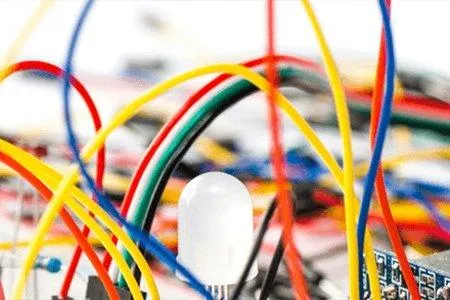
- Breadboard prototypes are used to validate an electrical circuit or technology.
- Built using custom PCBA's as well as reusing a portion of an existing product to save time and cost.
- Used to validate high risk portion of an electronic circuit.
FUNCTIONAL
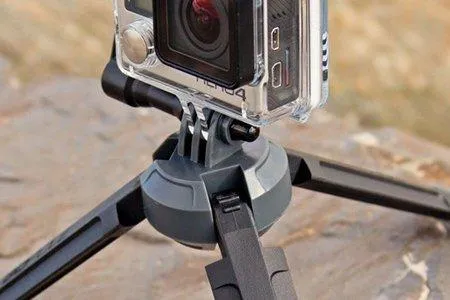
- A functional prototype is used to validate a completed design.
- Custom electronics and mechanical parts are built, assembled, tested, and refined.
- Used to validate a completed design before going into manufacturing.
How To Manufacture A New Product Idea?
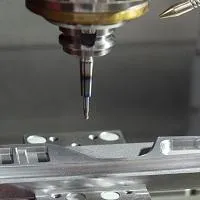
PART & FACTORY
SOURCING
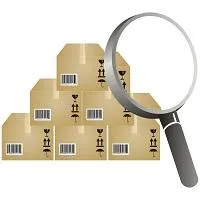
Selecting and qualifying the right components will result in higher production yields, fewer part shortages. and better overall product quality.
Using the right factory based on product complexity, sales forecast, and previous experience will result in faster setup and qualification.
All partner factories have a 10+ year track record. NO major quality issues, NO IP theft, NO product going out the back door, and NO product showing up on Alibaba.
TOOLING
MANAGEMENT

We make adjustments to CAD before tools are designed to minimize expensive non-tool-safe changes.
We will review and approve all tool designs, ensuring the tooling engineer understands design intent and cosmetic surfaces to minimize the chance of cosmetic defects
Parts are qualified during the first article inspection and approval process. Drop testing, robustness testing, and fatigue analysis may result in additional design and tooling updates.
FACTORY
MANAGEMENT
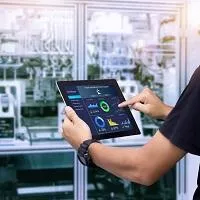
Factory oversight is critical for your product's success. Many steps are still needed before you have a shippable product.
This includes compliance and safety testing, establishing quality checkpoints, pilot runs, optimizing box-sizing for shipping, and ordering retail packaging.
The greatest reason for manufacturing problems is not properly validating the final product and production process. So don't put undue pressure on the factory and do it right the first time.
SHIPPING, LOGISTICS
& WAREHOUSING

Manufacturing your product is only half the challenge. Next are shipping, customs and broker fees, import taxes, and last-mile trucking to your warehouse.
If manufacturing in Asia, you can use fast and expensive air shipping or slow and more cost-effective boat shipping, but this can be complicated.
The 2 most common warehouse options are FBA locations if selling on Amazon or any US or Worldwide 3PL Warehouse if selling on your own website.
Expert Level Mechanical Design
CONCEPT SKETCH

- A refined concept sketch should be completed before starting the CAD design process.
- Modifications to CAD may be expensive, so it is important to have a finalized concept before starting.
- Manufacturing processes, design rules, materials, and assembly techniques should all be considered.
PROOF OF CONCEPT

- Proof of concept prototypes are used to validate a mechanism before starting development.
- Built with custom-designed parts and/or reusing a portion of an existing product.
- Used to validate a high-risk portion of a design or may be used for an Investor demo.
CAD DESIGN
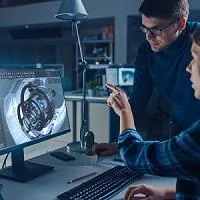
Using advanced 3D CAD modeling software to build a complete assembly of your product.
Validate the design using 3D simulation software before going to the prototyping .
Create a complete documentation package ready to send to factories for production quotes.
DESIGN VALIDATION
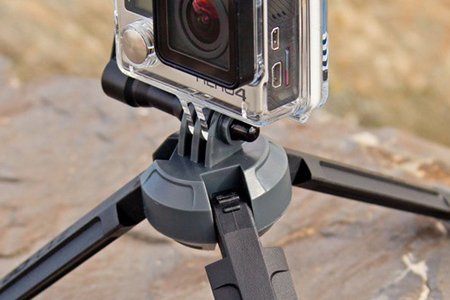
A functional prototype is used to validate a completed design.
Custom electronics and mechanical parts are built, assembled, and tested.
This type of prototype is used to validate a completed design before going into manufacturing.
Expert Level Electronics Design
BREADBOARD

Breadboard prototypes are used to validate an electrical circuit or technology.
Built using custom PCBA's as well as reusing a portion of an existing product to save time and cost.
Used to validate high risk portion of an electronic circuit.
SCHEMATIC
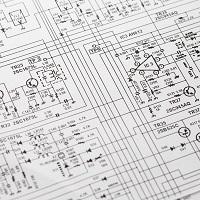
After researching main components and creating a block diagram the next step is a schematic.
A schematic shows how components connect to each other.
A schematic is created using advanced PCB design software
PCB LAYOUT
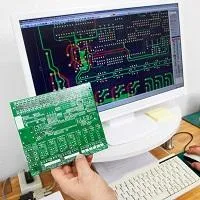
Once the schematic is complete the next step is designing the printed circuit board (PCB).
PCB layout software is used to design how the components, pinouts, traces, and layers of PCB board are to be built.
A design review is completed before sending the design out for prototype quote.
DESIGN VALIDATION
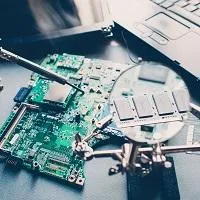
Components are ordered then the bare board is fabricated and inspected.
All components will be soldered to the PCB through either wave solder and/or through hole technology.
After inspection power will be applied and the board tested for functionality and performance.
Work Examples
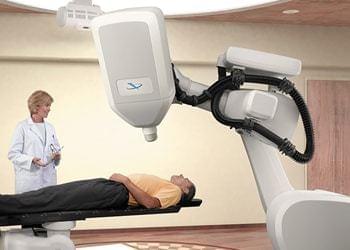
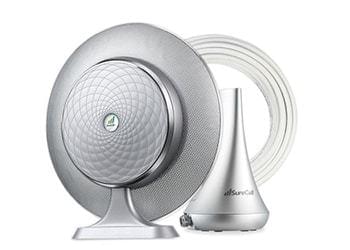
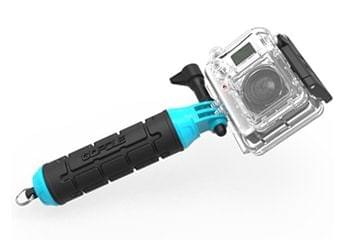
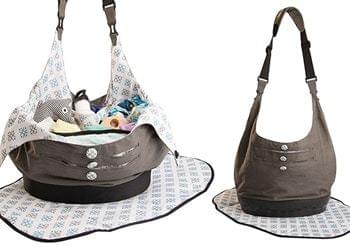
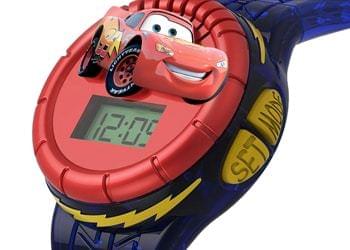
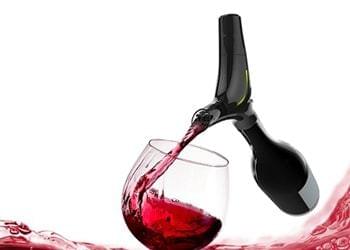
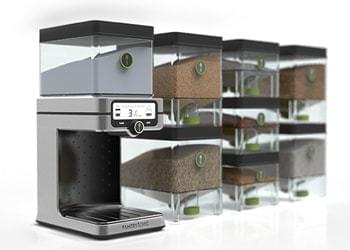
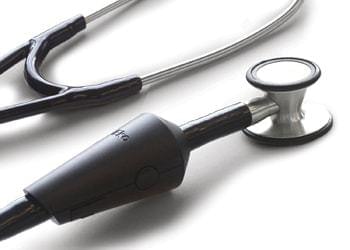
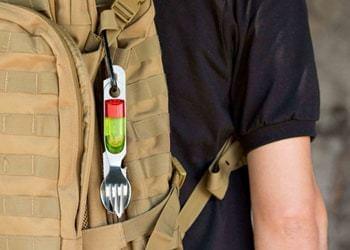
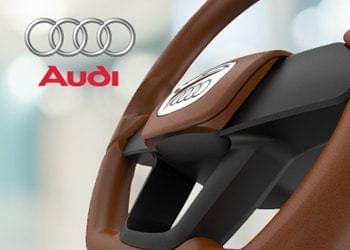
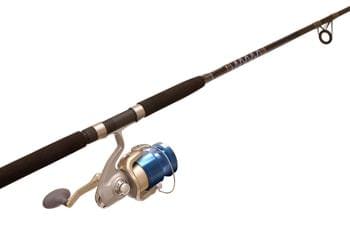
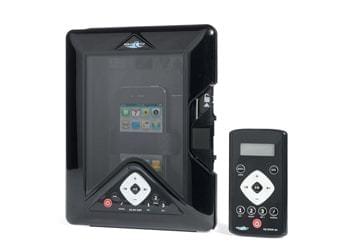
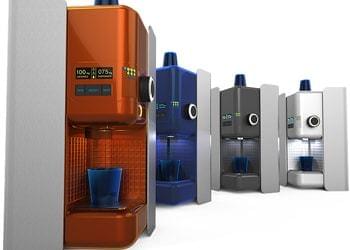
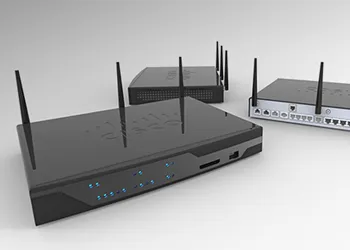
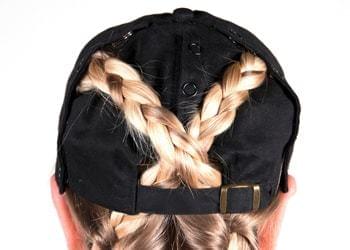
What Our Clients Are Saying
Evan B.
Arden, NC
"Incredible Team Effort"
John L.
Kaneohe, HI
"Extremely Professional & Honest"
Kerry C.
Lebanon, OH
"You Can Trust This Design Team "
Cameron W.
Scottsbluff, NE
"I Was Really Impressed"
Ji Eun P.
Leonia, NJ
"Knowledgeable & Trustworthy"
Christopher Z.
San Jose, CA
"Exceeded My Expectations"
I Understand When I Act Now, I will receive a copy of the FREE Patent Guide by email and see if I qualify for a Free Strategy Session with one of Rabbit's co-founders Adam Tavin.
Only qualified applications will be able to schedule a call and you are expected to show up.
FREE Patent Guide
Honest advice on patenting or licensing a product
Video call with one of Rabbit Product Design's co-founders
A team of all senior-level engineers to work on your project if you decide to work with us
Access to vetted high-quality manufacturers
Coaching on how to launch your product idea to the market most profitably